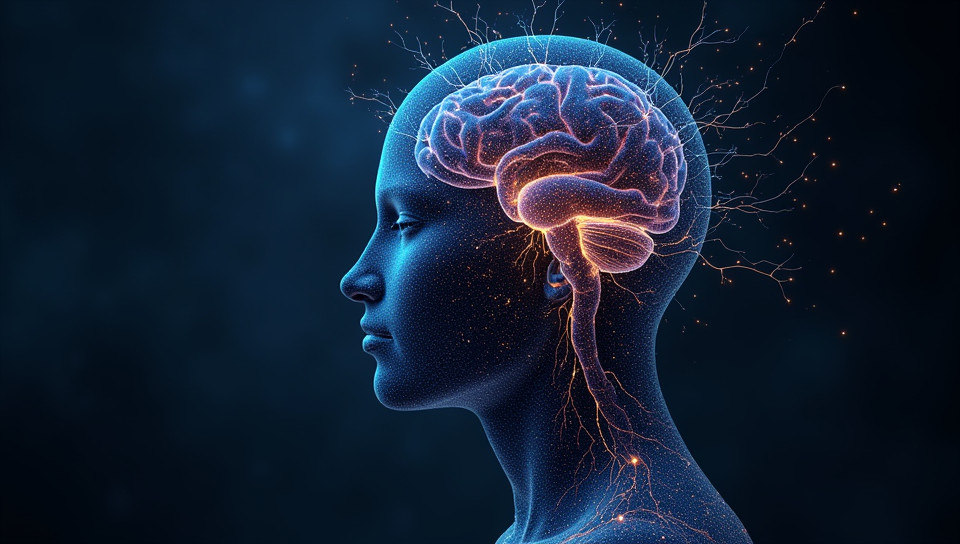Neural processing capacity increases with dendritic complexity 84%

Unlocking the Secrets of Neural Processing: How Dendritic Complexity Boosts Capacity
As we continue to unravel the mysteries of the human brain, one thing becomes increasingly clear: the intricate connections within our neural networks are key to unlocking its full potential. At the heart of these complex interactions lies a critical component: dendrites. These branching extensions of neurons are responsible for receiving and processing signals from other neurons, and new research suggests that their complexity may be directly linked to the brain's processing capacity.
The Role of Dendritic Complexity
Dendrites come in a variety of shapes and sizes, but their function remains relatively consistent: to receive synaptic inputs from other neurons. As these inputs arrive, they trigger electrical and chemical changes within the dendrite that ultimately influence the neuron's firing behavior. But what happens when dendrites become more complex? Do they become better at processing information, or does their increased complexity come with a cost?
The Relationship Between Dendritic Complexity and Neural Processing
Studies have shown that neurons with more complex dendritic structures are capable of processing more information than those with simpler structures. This is because complex dendrites can receive inputs from multiple sources simultaneously, allowing for the integration of diverse signals in a single neuron. As a result, these neurons become "information hubs," able to process and transmit complex patterns of activity.
How Dendritic Complexity Affects Neural Processing Capacity
- More branching points allow for increased signal reception
- Greater surface area enables more efficient signal transmission
- Increased synaptic density facilitates stronger connections with other neurons
- Enhanced dendritic spines support the formation of new connections
Implications for Understanding Brain Function and Potential Therapies
The relationship between dendritic complexity and neural processing capacity has significant implications for our understanding of brain function. By studying how these complex structures arise and are maintained, researchers may be able to develop new treatments for neurological disorders such as Alzheimer's disease and autism spectrum disorder.
Conclusion
In conclusion, the intricate connections within our neural networks are indeed key to unlocking its full potential, and dendritic complexity plays a critical role in this process. By continuing to explore the secrets of dendrite structure and function, we may unlock new avenues for understanding brain function and developing innovative treatments for neurological disorders. As we push the boundaries of what is thought possible, one thing becomes clear: the human brain is a complex, dynamic system that holds many secrets waiting to be uncovered.
- Created by: Sophia Navarro
- Created at: Nov. 14, 2024, 12:21 p.m.
- ID: 15902





